In the intricate web of forest ecosystems, certain creatures play pivotal roles that often go unrecognized. Among these unsung heroes are snakes, reptiles frequently misunderstood and feared by humans. Yet, beyond their sinuous movements and occasionally venomous bites lies a creature fundamental to forest health and regeneration. Snakes serve as crucial ecological engineers, influencing everything from population control to seed dispersal. As we face unprecedented rates of deforestation and ecosystem degradation, understanding the vital contributions of these reptiles becomes increasingly important. This article explores the multifaceted ways in which snakes contribute to forest regeneration, highlighting their irreplaceable role in maintaining biodiversity and ensuring the continued vitality of woodland environments worldwide.
The Predatory Role of Snakes in Forest Ecosystems
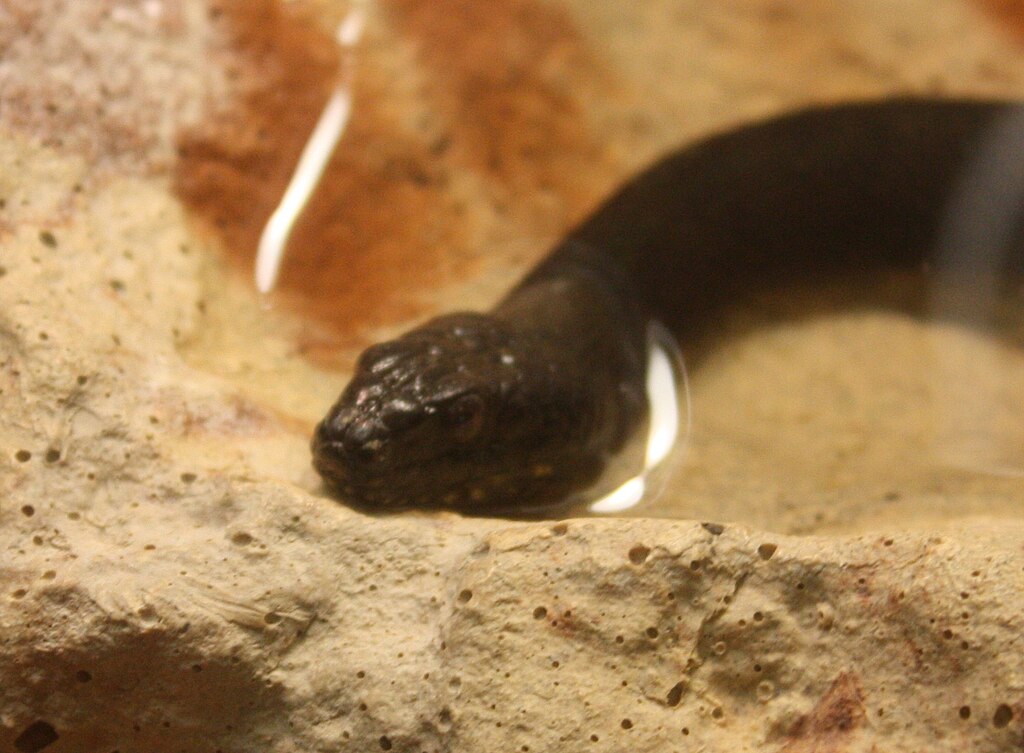
Snakes function as essential mid-level predators in forest food webs, creating balance that reverberates throughout the entire ecosystem. They help regulate populations of small mammals, particularly rodents, that would otherwise experience unchecked population growth. Without this natural control, rodent populations could explode, leading to overgrazing of vegetation, including tree seedlings and saplings that represent the forest’s future. These reptiles are remarkably efficient hunters, with some species capable of consuming multiple prey items in a single feeding, amplifying their impact on population control. By maintaining this delicate balance, snakes indirectly protect the forest floor’s emerging plant life, creating space for new growth and supporting the first stages of forest regeneration.
Rodent Control and Its Impact on Tree Seedlings
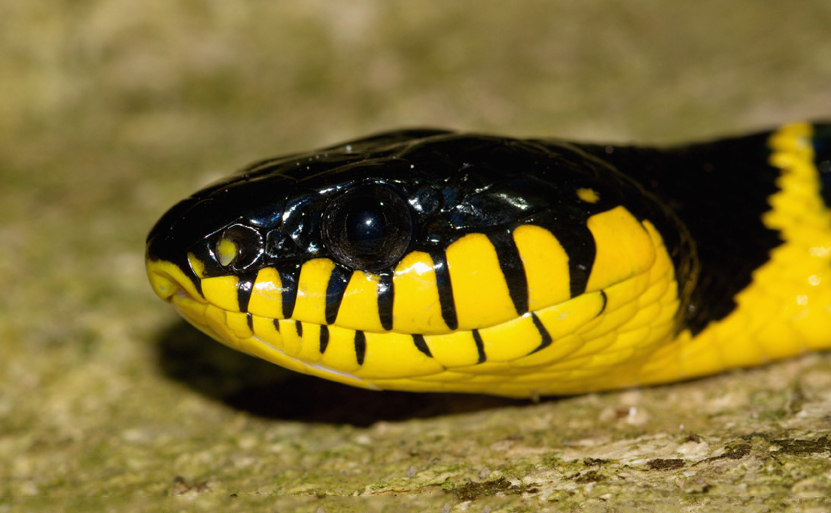
The relationship between snakes and forest regeneration becomes particularly evident when examining their role in protecting tree seedlings. Rodents, especially mice and rats, consume vast quantities of seeds and gnaw on the tender bark of saplings, often killing young trees before they have a chance to mature. A single pair of rodents can produce hundreds of offspring annually, creating potential devastation for emerging forest growth. Studies have shown that areas with healthy snake populations experience significantly higher seedling survival rates compared to areas where snakes have been removed or reduced. In some forest ecosystems, researchers have documented up to 80% higher survival rates of certain tree species in areas with robust snake populations, highlighting their irreplaceable contribution to forest renewal.
Seed Dispersal Enhancement Through Predation Patterns
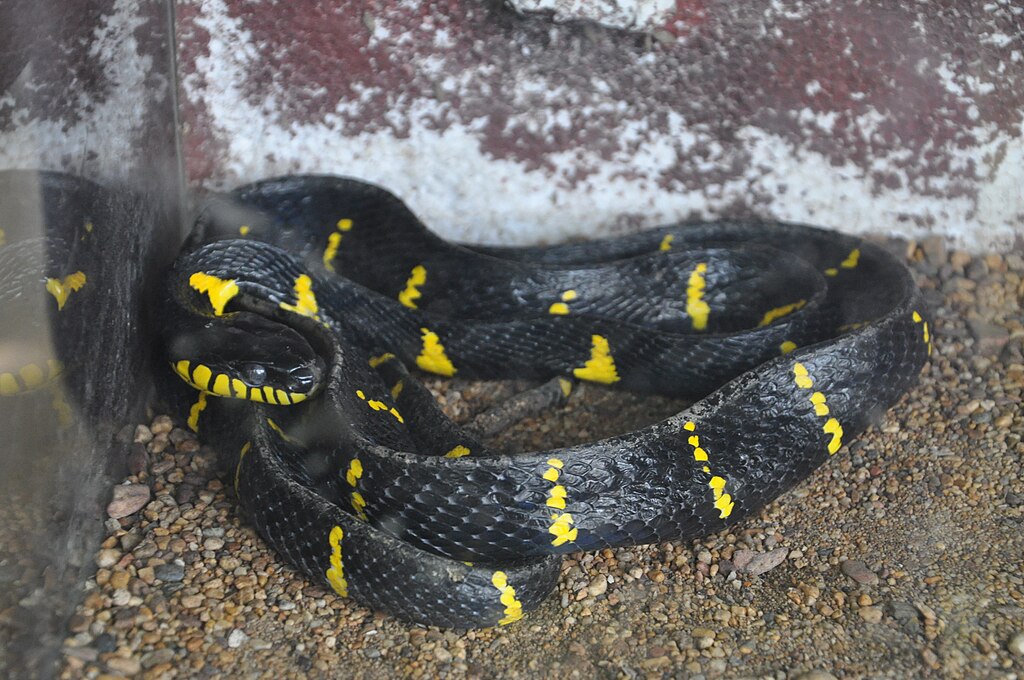
While snakes themselves don’t directly disperse seeds, their hunting patterns and prey selection create ripple effects that enhance seed dispersal throughout forest ecosystems. By controlling populations of seed predators like rodents, snakes indirectly protect the seeds of countless plant species. Their hunting behaviors also influence the movement patterns of seed-dispersing animals like birds and small mammals, causing these creatures to modify their behaviors in ways that often spread seeds more widely. Research in tropical forests has demonstrated that areas with diverse snake communities experience more comprehensive seed dispersal patterns than comparable areas with fewer snake species. This indirect facilitation of seed movement contributes significantly to forest diversity and resilience, ensuring that various plant species can establish themselves throughout the woodland environment.
Nutrient Cycling Contributions Through Snake Activity
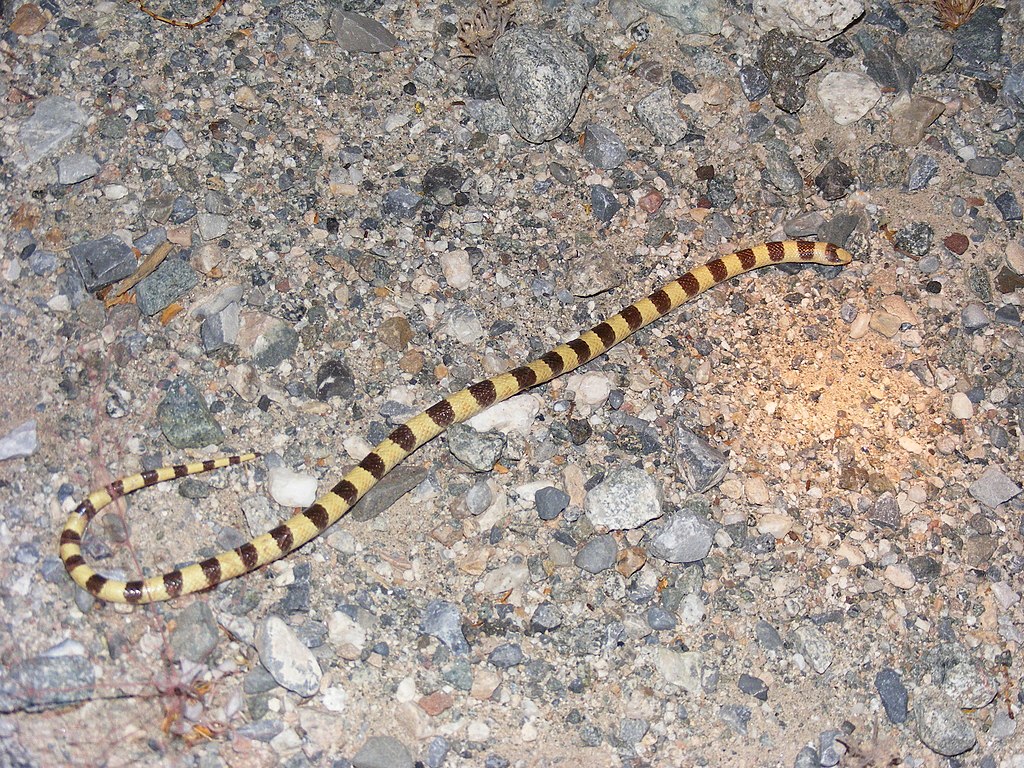
Snakes play a subtle but important role in nutrient cycling within forest ecosystems, contributing to soil health that supports regeneration. Their feeding habits result in the redistribution of nutrients, as they consume prey in one location and eventually excrete waste in another. Snake scat is rich in nitrogen and phosphorus, essential elements for plant growth that may be otherwise limited in forest soils. Additionally, the occasional death of a snake returns valuable nutrients to the forest floor, providing resources for decomposers and eventually plants. In long-term studies of forest plots, areas with higher snake activity have shown measurable differences in soil composition, with enhanced concentrations of certain nutrients that support vigorous plant growth.
Creating Microhabitats Through Movement and Behavior
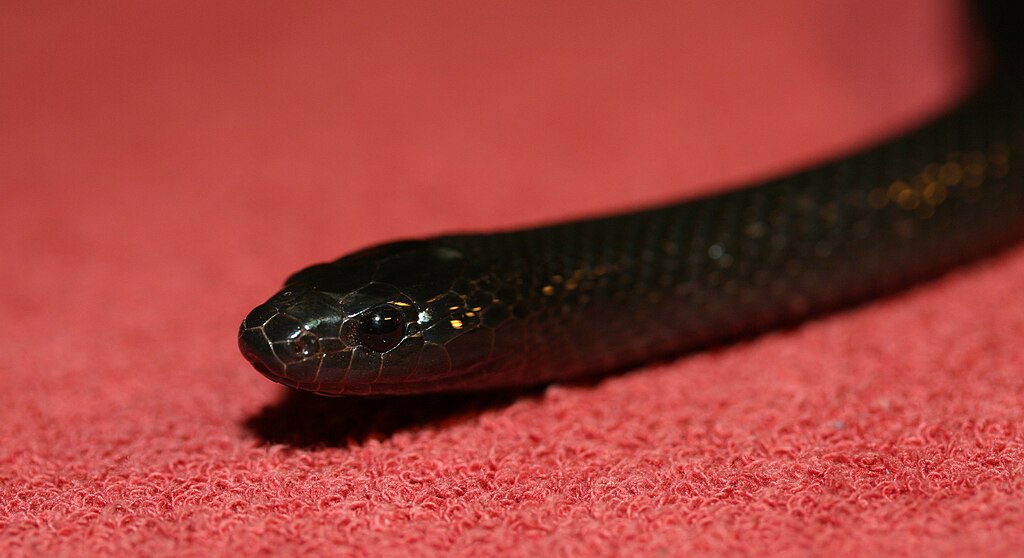
The physical movement of snakes through leaf litter and soil creates small-scale disturbances that contribute to forest regeneration in surprising ways. As they glide across the forest floor, snakes create minor soil disturbances that help incorporate organic matter into the soil and create microsites for seed germination. Larger snake species, particularly constrictors, may create more significant disturbances when capturing prey or moving through dense undergrowth. Some snake species, like pythons and boas, create burrows or modify existing ones, which later become germination sites for plant species requiring specific soil conditions. These microhabitat modifications, though individually small, collectively contribute to the heterogeneity of the forest floor, creating diverse niches that support varied plant life.
The Impact of Snake Venom on Forest Ecosystems

The venom produced by many snake species represents a fascinating and often overlooked contribution to forest health and regeneration. Beyond its primary function in hunting and defense, snake venom entering the ecosystem through prey remains or unsuccessful strikes eventually breaks down into compounds that can alter soil chemistry. Some venom components have antimicrobial properties that may influence the microbial communities in forest soils, potentially affecting decomposition rates and nutrient availability. Recent research has begun investigating the long-term effects of these biochemical contributions, with preliminary evidence suggesting that venomous snake species may create unique soil chemistry signatures in their habitats. While more research is needed, the biochemical impact of snake venom adds another dimension to these reptiles’ role in maintaining healthy, regenerating forests.
Snake Diversity as an Indicator of Forest Health

The diversity and abundance of snake species serve as powerful bioindicators of overall forest ecosystem health and regenerative capacity. Healthy forests typically support a wide variety of snake species, each occupying specific ecological niches and contributing to different aspects of ecosystem function. When snake populations decline or certain species disappear, it often signals disruptions in the food web or degradation of habitat quality that will ultimately affect forest regeneration. Researchers increasingly use snake community composition as part of their assessment toolkit when evaluating forest conservation status and restoration potential. By monitoring snake populations over time, scientists can track subtle changes in ecosystem function that might otherwise go undetected until more dramatic forest decline occurs.
Specific Snake Adaptation Benefits to Forest Systems
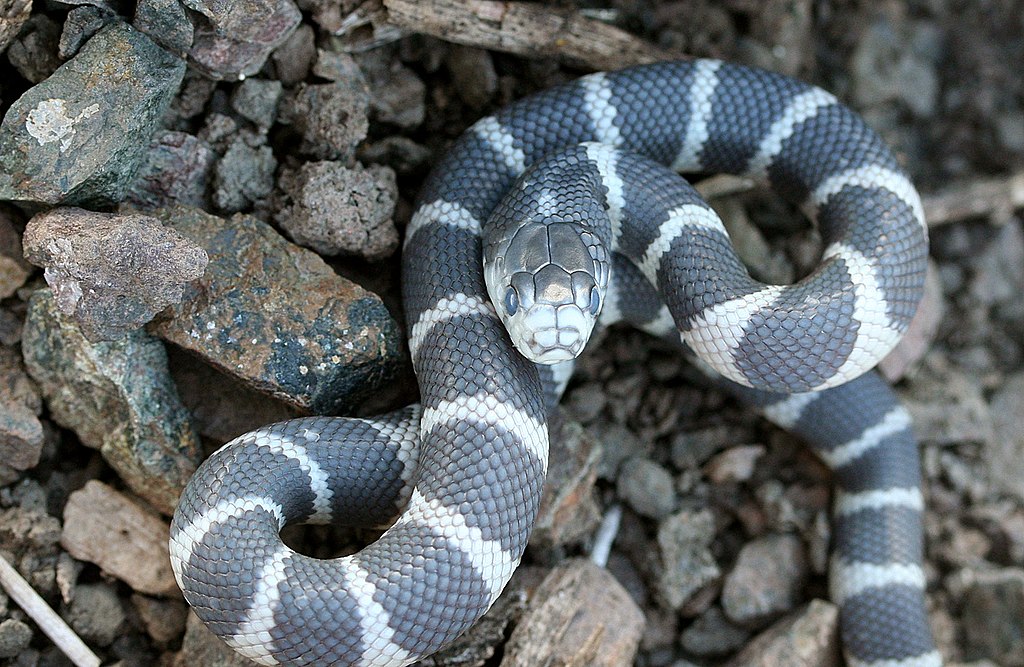
Snakes have evolved remarkable adaptations that enhance their ecological value to forest regeneration processes. Their thermal biology allows them to remain active at times when other predators may be dormant, extending predation pressure on seed-eating rodents throughout different seasons. The specialized jaw structure of snakes enables them to consume prey much larger than their head size, meaning they can effectively control larger rodent species that might otherwise damage tree saplings. Some forest-dwelling snakes have developed camouflage patterns precisely matched to forest floor environments, allowing them to hunt more effectively and maintain their ecological function even in disturbed habitats. These specialized adaptations collectively ensure that snakes can continue their ecosystem services under varying conditions, providing resilience to forest regeneration processes even as environments change.
Threats to Snake Populations and Consequences for Forests
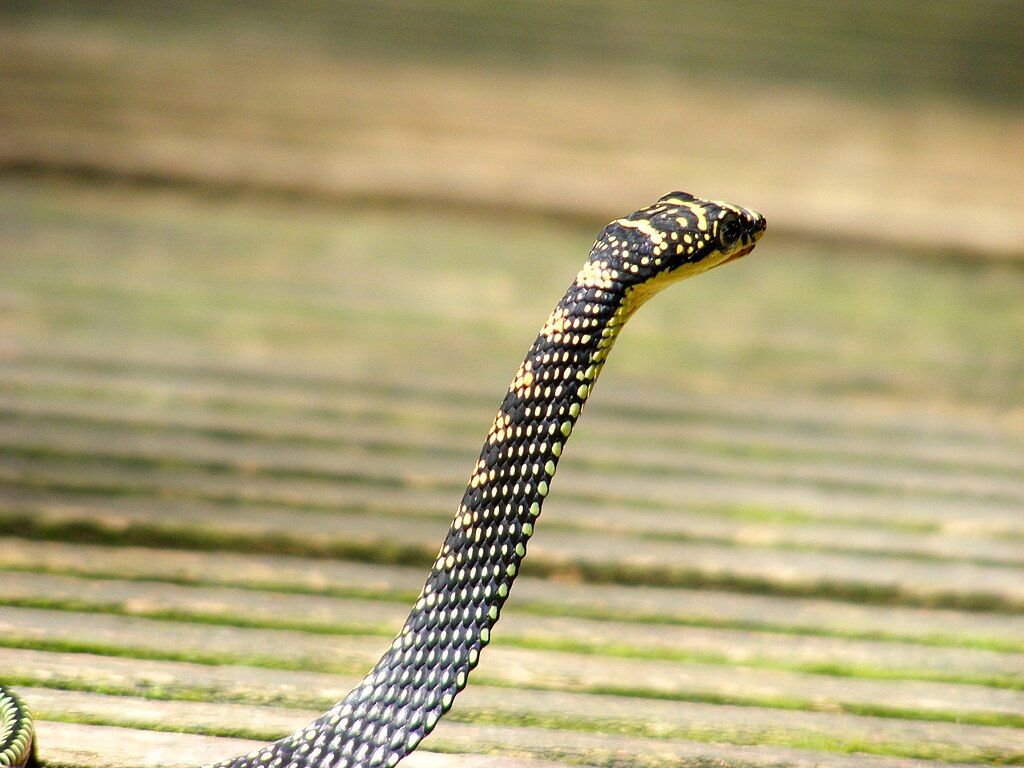
Despite their ecological importance, snake populations worldwide face numerous threats that jeopardize their contribution to forest regeneration. Habitat loss and fragmentation rank among the most severe challenges, with deforestation directly eliminating snake habitat while creating barriers that prevent genetic exchange between populations. Road mortality claims millions of snakes annually, particularly affecting species that migrate seasonally or have large home ranges essential for their ecological function. Climate change poses an emerging threat, as many snake species have temperature-dependent sex determination, meaning warming temperatures could skew population demographics and reduce genetic diversity. The consequences of declining snake populations extend beyond the reptiles themselves, creating cascading effects through forest ecosystems that ultimately impair regenerative processes and resilience.
Traditional Ecological Knowledge About Snakes and Forests
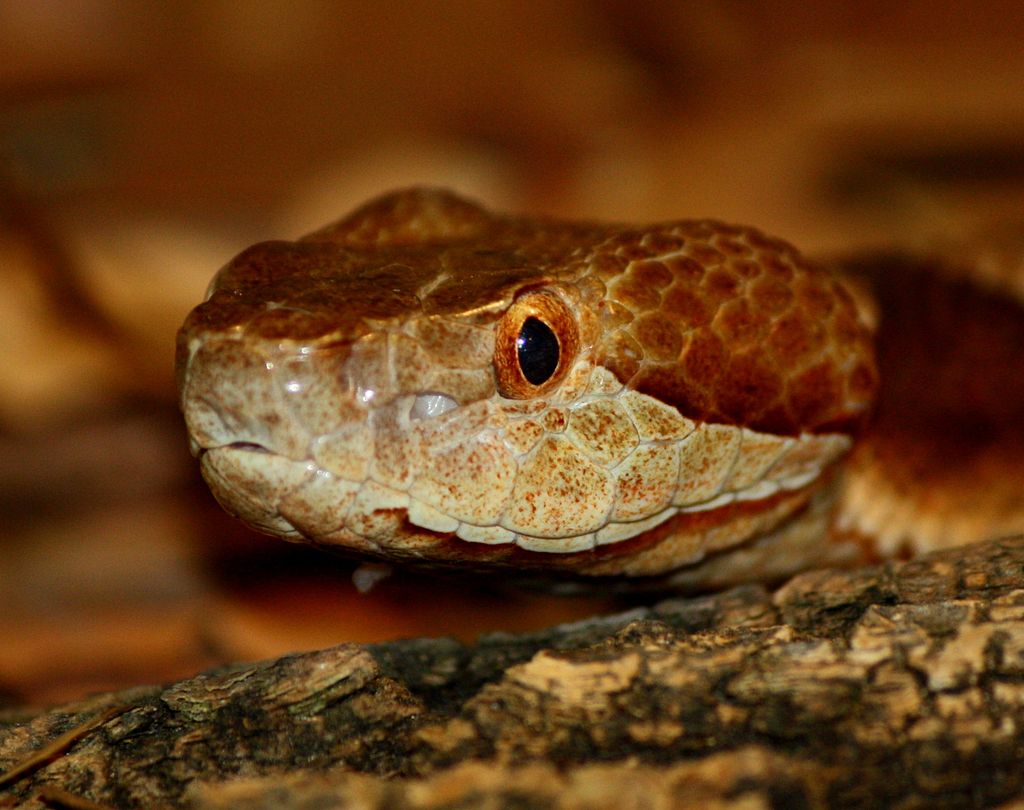
Indigenous and traditional communities around the world have long recognized the ecological importance of snakes to forest health, incorporating this understanding into their cultural practices and land management. Many traditional ecological knowledge systems include specific taboos against killing certain snake species, effectively creating cultural protection for these important predators. In parts of Asia, Africa, and the Americas, traditional forest management practices often incorporate awareness of snake habitat requirements, maintaining features like rotting logs and rock piles that provide essential shelter. Some traditional agricultural practices deliberately maintain snake habitat at forest edges to help control rodent populations that might otherwise damage crops and forest seedlings. By studying and honoring this traditional knowledge, modern conservation efforts can develop more effective, culturally appropriate strategies for protecting the snake-forest relationship.
Conservation Strategies to Preserve Snake-Forest Relationships
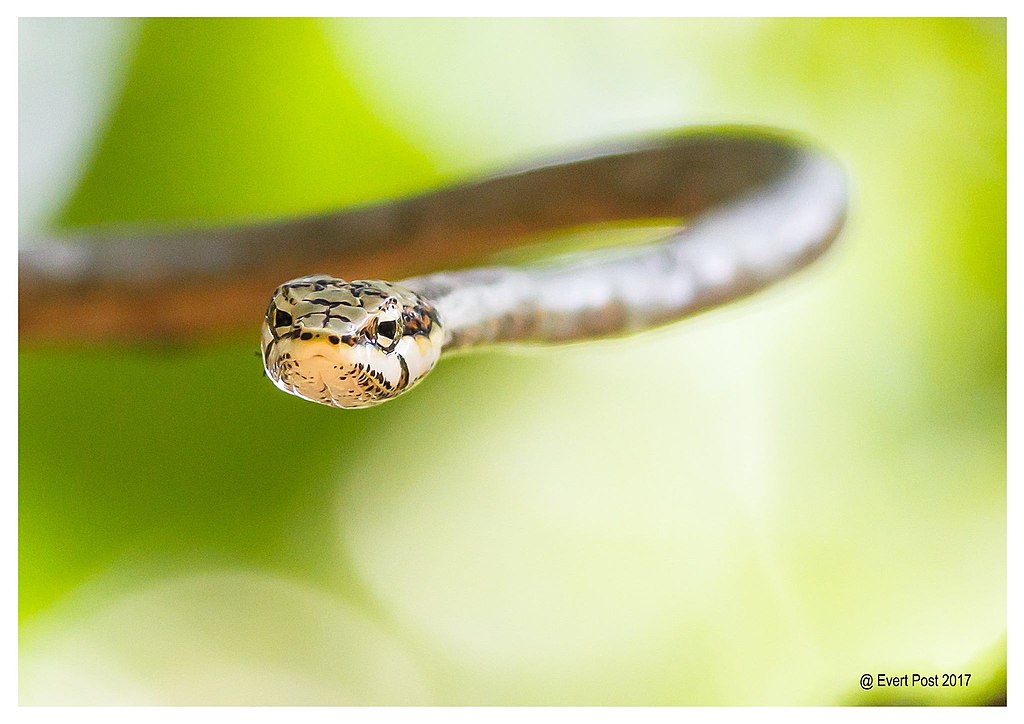
Effective conservation of forest-dwelling snakes requires multifaceted approaches that address both direct threats to snakes and the broader context of forest ecosystem management. Creating protected corridors between forest fragments allows snakes to maintain genetic connectivity and fulfill their ecological roles across larger landscapes. Public education campaigns that highlight snakes’ ecological benefits rather than focusing on fear can reduce intentional killing, one of the most preventable causes of snake mortality. Incorporating snake habitat requirements into forest restoration planning, such as leaving fallen logs and maintaining diverse understory vegetation, ensures that regenerating forests can support the snake populations necessary for long-term ecosystem health. Collaborative efforts between herpetologists, forest ecologists, and land managers show particular promise for developing integrated conservation approaches that benefit both snakes and the forests they help regenerate.
Research Frontiers in Understanding Snake Contributions to Forests
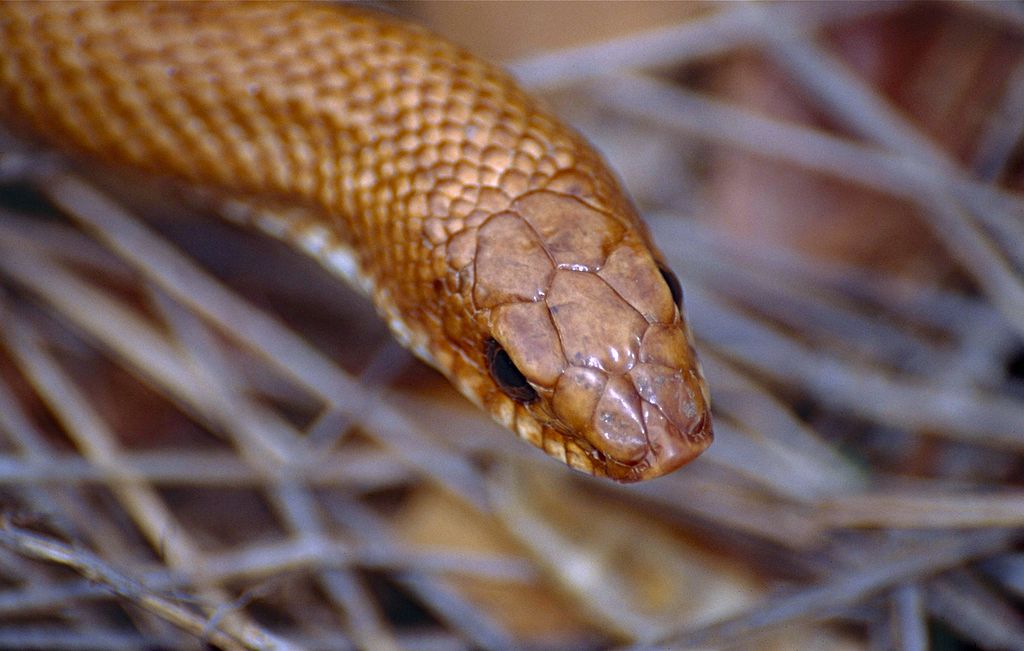
Scientific understanding of snakes’ contributions to forest regeneration continues to evolve, with several exciting research directions expanding our knowledge. Advances in tracking technology now allow researchers to follow even small snake species over extended periods, revealing previously unknown movement patterns and habitat use that influence forest processes. Experimental approaches comparing forest plots with and without snakes are providing quantitative evidence of their ecological impact, documenting differences in seedling survival, rodent abundance, and even soil characteristics. Molecular ecology techniques are revealing complex relationships between snake gut microbiomes and the decomposition processes they influence after prey digestion. Climate change modeling specifically focused on snake-forest interactions is helping predict future scenarios and identify potential conservation priorities to maintain these crucial ecological relationships in a changing world.
Conclusion

The essential role of snakes in forest regeneration represents one of nature’s most elegant examples of ecological interconnectedness. Through their predatory behaviors, movement patterns, and even their biochemistry, these reptiles contribute to processes fundamental to forest renewal and health. As we confront global challenges of deforestation and biodiversity loss, protecting snake populations becomes not merely an exercise in species conservation but a crucial strategy for maintaining the regenerative capacity of forest ecosystems worldwide. By shifting our perspective to recognize these often-maligned creatures as indispensable forest guardians, we move toward more complete and effective approaches to ecological conservation and restoration. The silent, slithering presence of snakes in our forests ensures the cycles of life continue, new trees rise, and woodlands remain vibrant, diverse, and resilient for generations to come.





